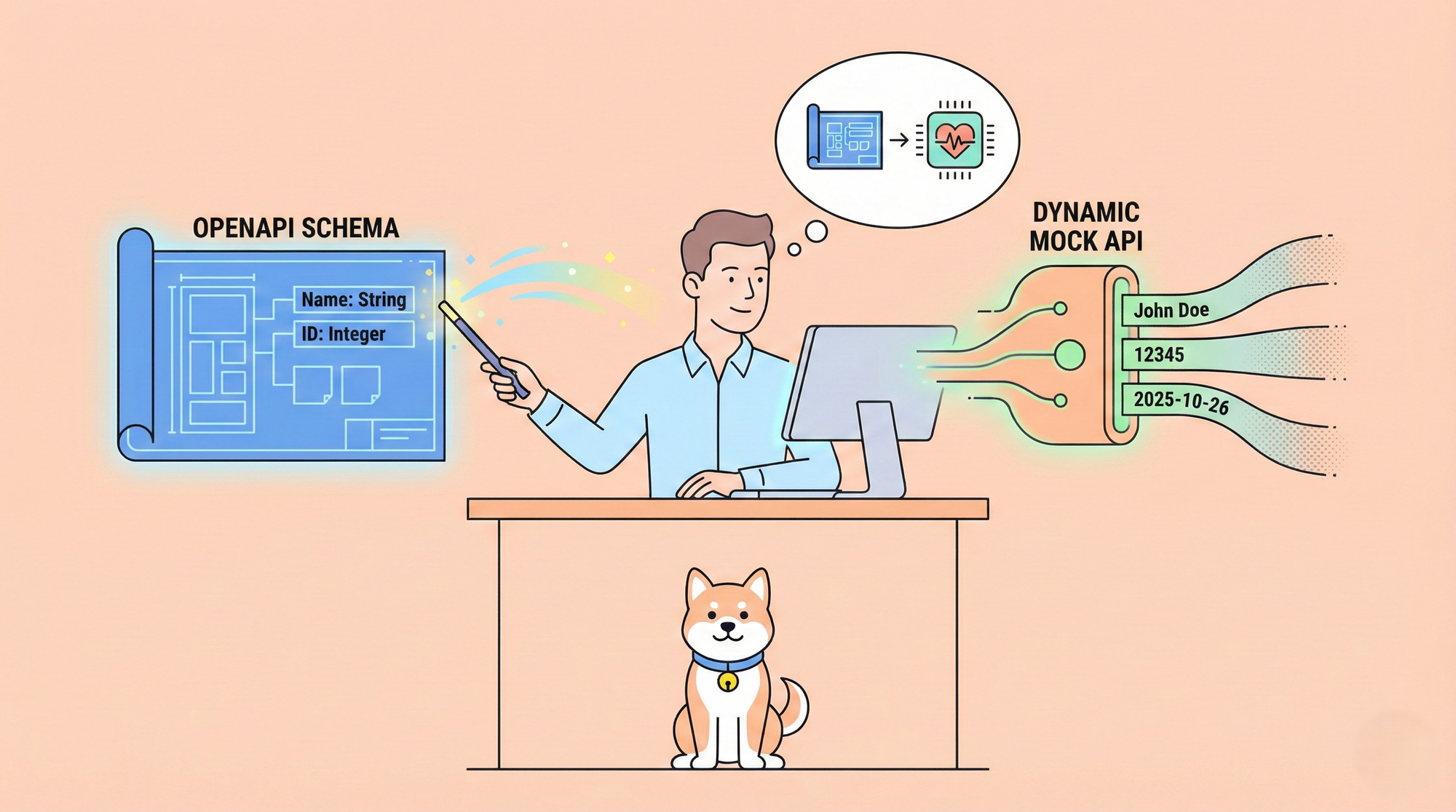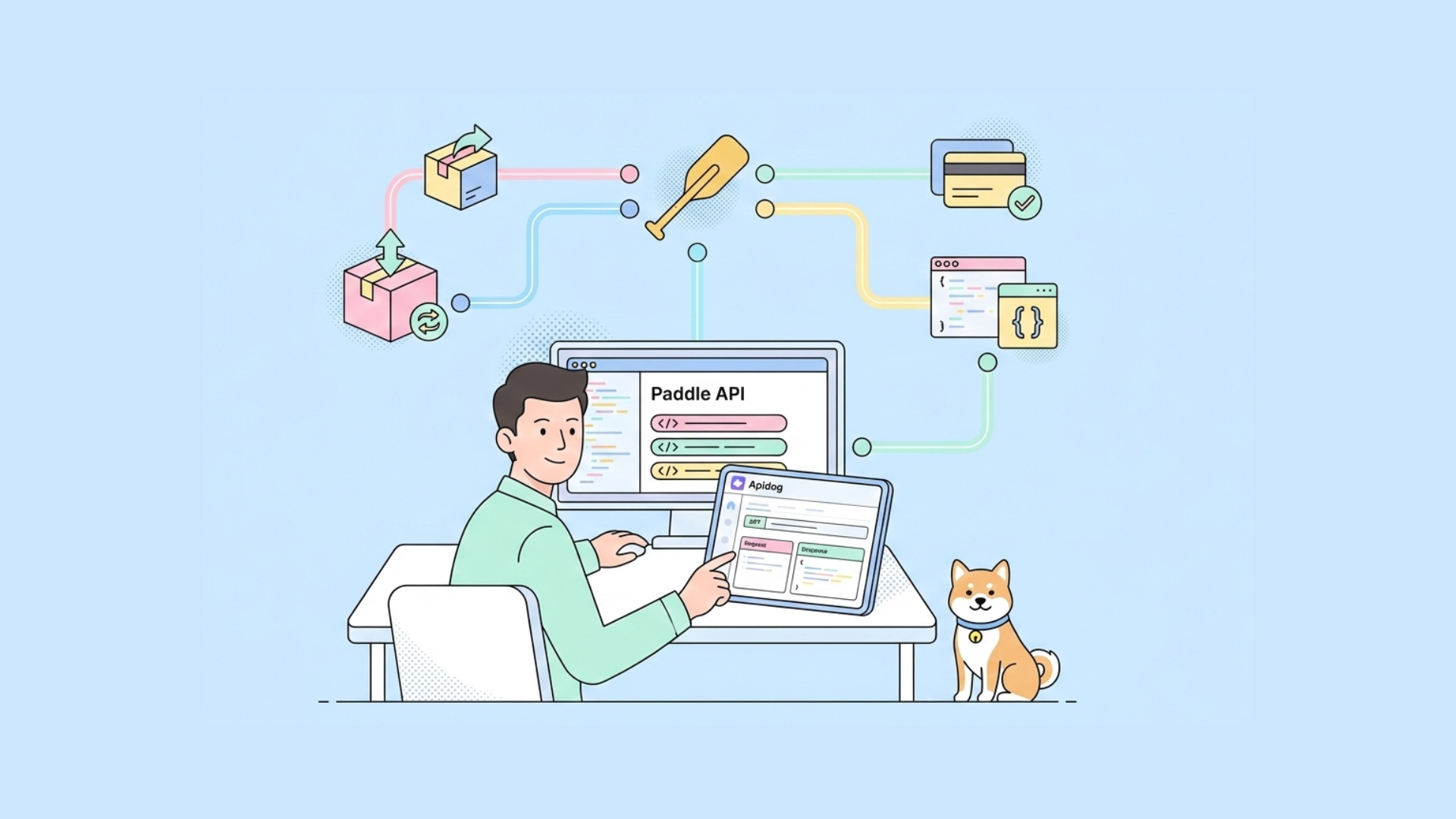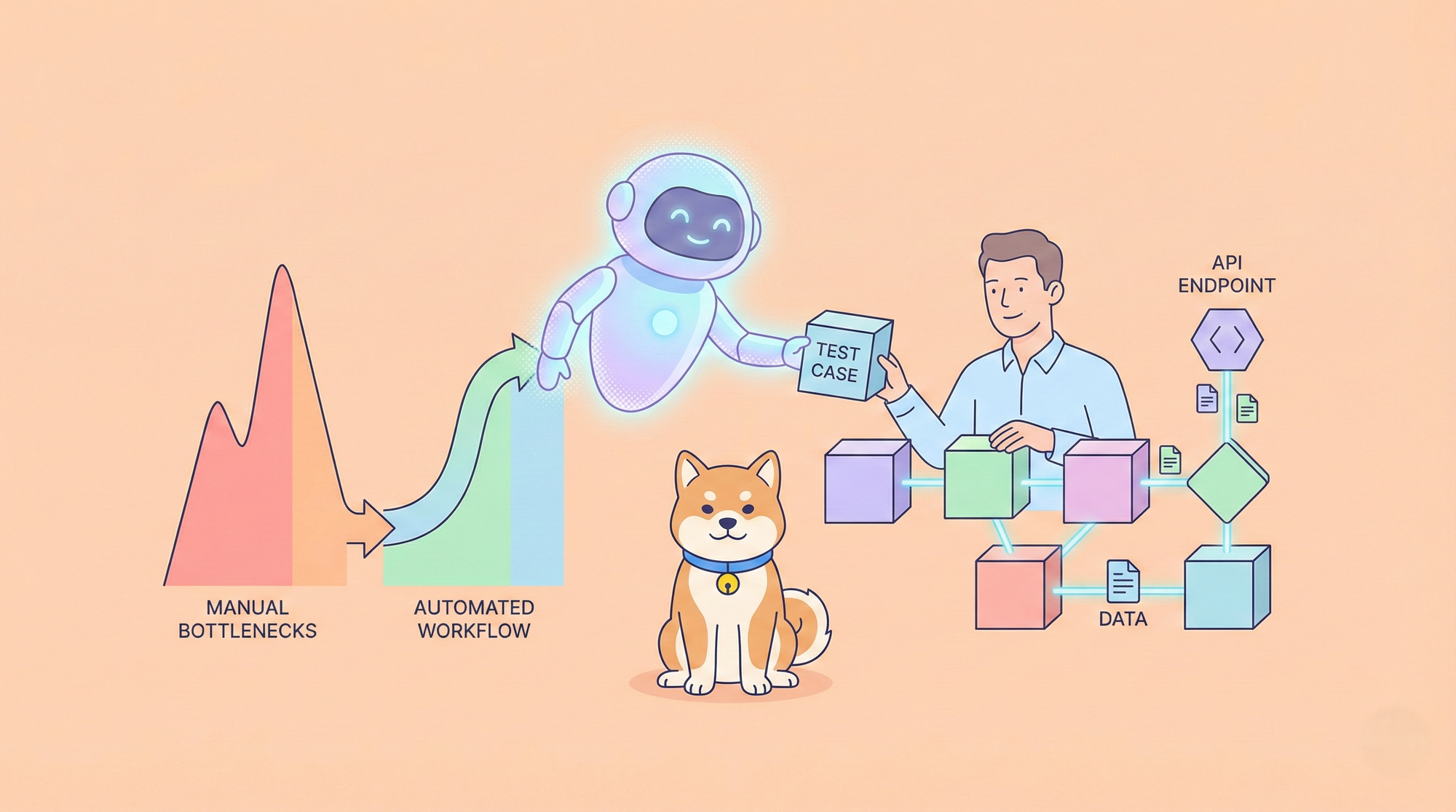Integrating AI-powered development tools has become essential for modern software engineering workflows. Furthermore, the combination of Claude Code and Cursor represents a powerful approach to AI-assisted development that can significantly enhance productivity and code quality. This comprehensive guide explores the technical implementation, configuration, and optimization of these tools working together.
Understanding Claude Code and Cursor Integration
What is Claude Code?
Claude Code operates as a command-line AI assistant that can connect directly to your IDE environment. Additionally, it provides advanced code generation, debugging, and refactoring capabilities while maintaining context awareness of your entire project structure. Moreover, Claude Code leverages Anthropic's latest AI models to understand complex codebases and provide intelligent suggestions.

The tool functions through terminal commands and can be integrated with various IDEs including VS Code, Cursor, and other VS Code-based editors. Consequently, developers gain access to AI assistance without switching between applications or losing workflow context.
Why Choose Cursor as Your IDE?
Cursor represents a next-generation IDE built specifically for AI-assisted development. Furthermore, it offers native AI integration, intelligent code completion, and seamless collaboration features. Additionally, Cursor provides cost-effective alternatives to traditional IDE AI services while maintaining high performance.
Unlike some IDEs that add markup costs, Cursor provides more flexible pricing options for AI-assisted development. Moreover, the platform supports multiple AI models and allows developers to configure their preferred AI services directly.
Technical Prerequisites and System Requirements
Environment Setup
Before implementing the Claude Code and Cursor integration, ensure your development environment meets the following technical requirements:
Operating System Compatibility:
- Windows 10/11 with WSL2 support
- macOS 10.15 or later
- Linux distributions (Ubuntu 20.04+, Debian 10+, CentOS 8+)
Required Software Components:
- Node.js version 16.0 or higher
- Python 3.8+ for advanced scripting
- Git version control system
- Terminal with bash or zsh support
Network Configuration:
- Stable internet connection for AI model access
- Firewall configured to allow IDE communications
- API access credentials for Anthropic services
Installing Claude Code
The installation process requires careful attention to system configuration and path management. Additionally, proper installation ensures seamless integration with your chosen IDE.
Step 1: Download and Install Claude Code
Access the official Anthropic website and download the appropriate Claude Code version for your operating system. Subsequently, follow the platform-specific installation instructions:
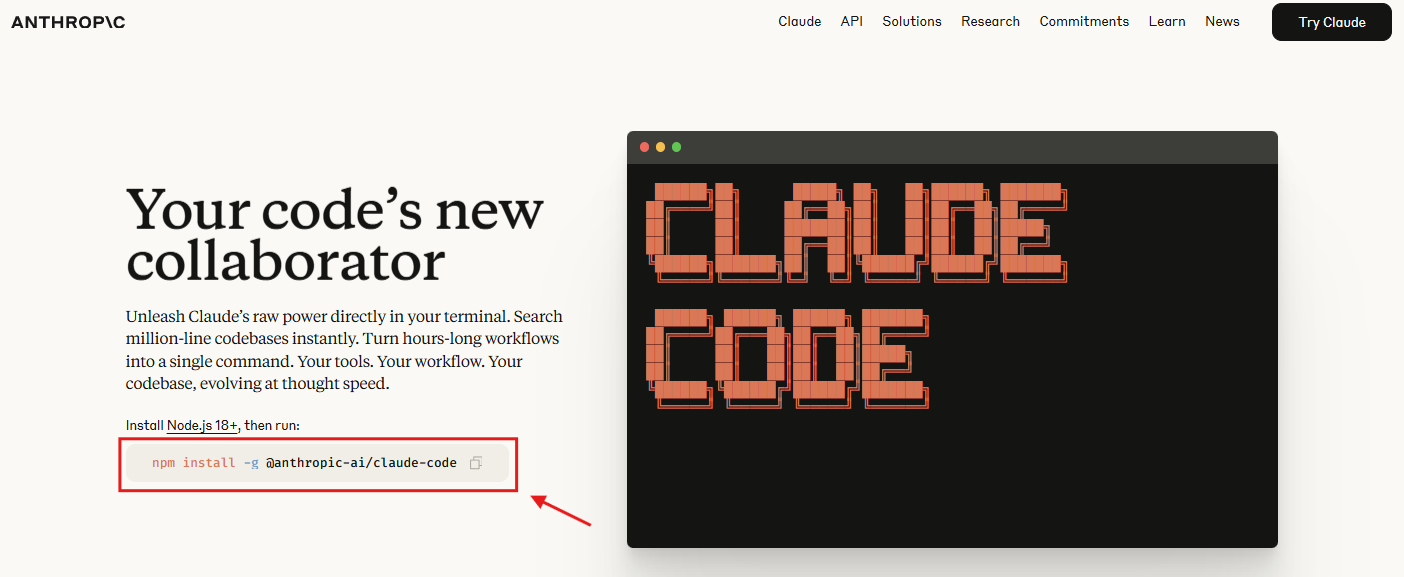
Step 2: Configure System PATH
After installation, configure your system PATH to enable global Claude Code access. Furthermore, proper PATH configuration allows terminal access from any directory.
Windows users should add the Claude Code installation directory to their system PATH environment variable. Similarly, macOS and Linux users should update their shell configuration files (.bashrc, .zshrc, or .profile).
Step 3: Verify Installation
Test the installation by opening a terminal and running basic Claude Code commands. Additionally, verify that the tool recognizes your system configuration and available resources.
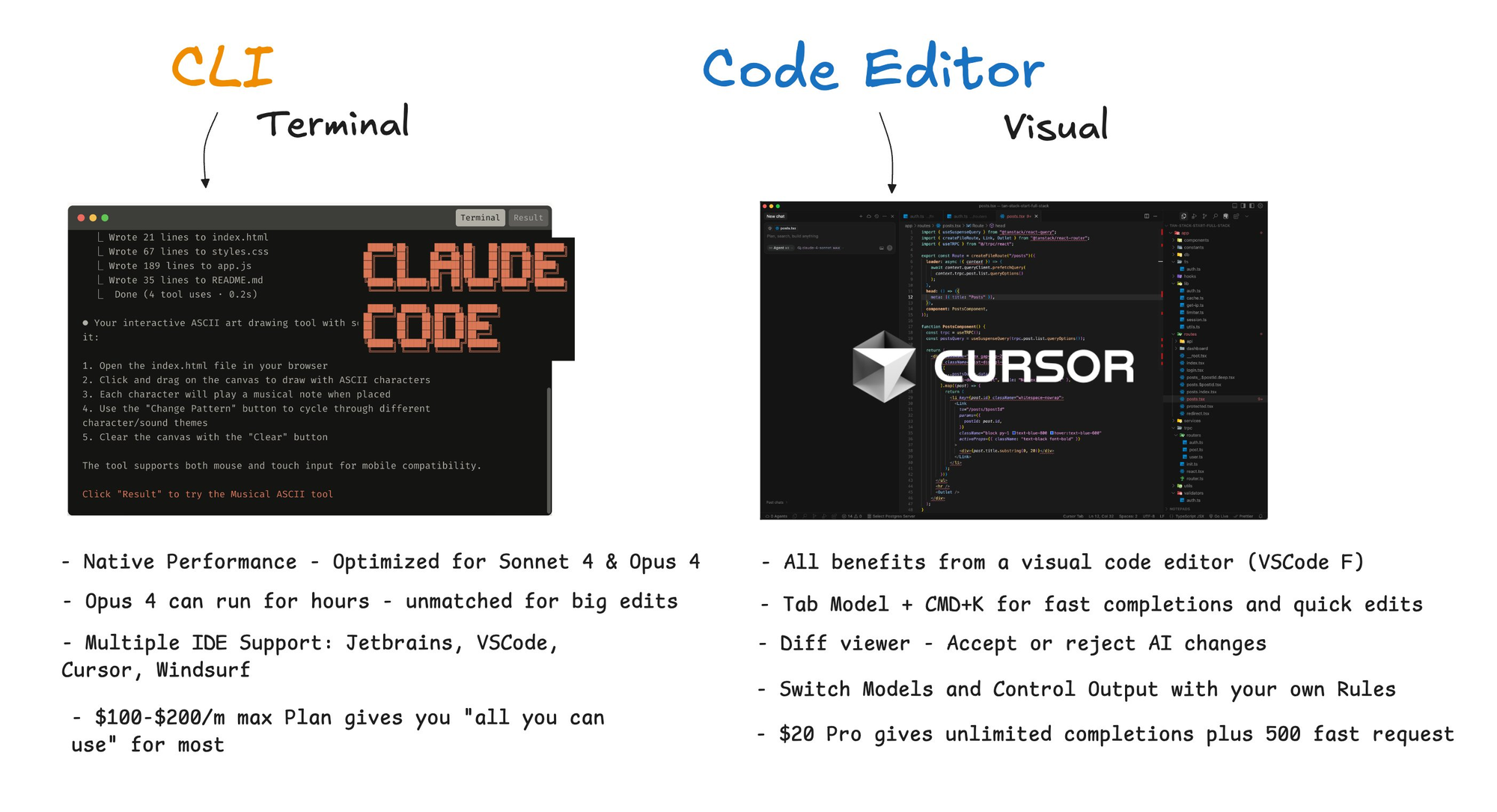
Cursor IDE Installation and Configuration
Installing Cursor
Cursor works seamlessly with VS Code extensions and provides enhanced AI integration capabilities. Moreover, the installation process is straightforward and maintains compatibility with existing VS Code configurations.

Download Process:Navigate to the official Cursor website and select your operating system. Subsequently, download the installer and follow the installation wizard.
Initial Configuration:Upon first launch, Cursor will prompt for basic configuration settings. Furthermore, you can import existing VS Code settings and extensions to maintain workflow continuity.
Extension Management:Cursor supports the VS Code extension marketplace with additional AI-focused extensions. Additionally, you can install custom extensions for enhanced functionality.
Setting Up Cursor for Claude Code Integration
Terminal Configuration:Configure Cursor's integrated terminal to work with Claude Code commands. Moreover, ensure proper shell configuration and environment variable access.
Workspace Setup:Create dedicated workspaces for different projects to maintain proper context separation. Additionally, configure project-specific settings for optimal AI assistance.
AI Model Configuration:Access Cursor's AI settings and configure your preferred models and providers. Furthermore, set up API credentials and usage limits according to your development needs.
Step-by-Step Integration Process
Establishing the Connection
Phase 1: Initialize Claude Code
Open your terminal within Cursor and navigate to your project root directory. Subsequently, run the Claude Code initialization command to establish the connection.
The command structure typically follows: claude /ide which activates the IDE integration mode. Additionally, Claude Code will scan your project structure and establish context awareness.
Phase 2: Configure IDE Detection
Use the /ide command in any external terminal to connect Claude Code to your IDE and activate all features. Moreover, ensure Claude Code can detect your Cursor installation by verifying the IDE path configuration.
If detection fails, manually specify the Cursor executable path in the Claude Code configuration. Furthermore, verify that both applications are running with appropriate permissions.
Phase 3: Establish Communication Protocol
Once connected, Claude Code creates a communication channel with Cursor through socket connections or file-based messaging. Additionally, this enables real-time code analysis and suggestion delivery.
Testing the Integration
Basic Functionality Tests:Start with simple code generation requests to verify the integration works correctly. Moreover, test various programming languages and frameworks to ensure broad compatibility.
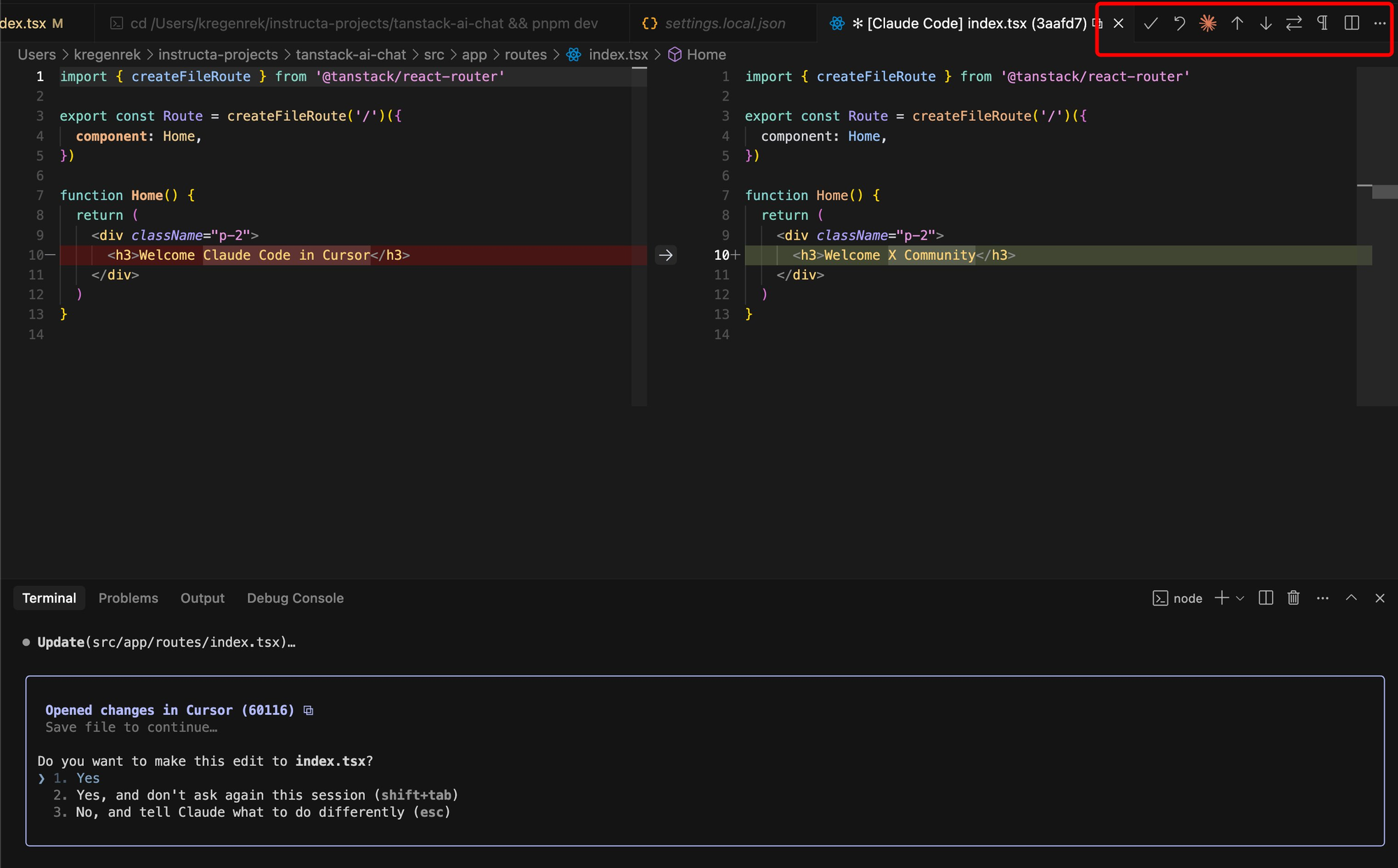
Context Awareness Verification:Create a multi-file project and test Claude Code's ability to understand relationships between different files. Additionally, verify that changes in one file are reflected in AI suggestions for related files.
Performance Benchmarking:Monitor response times and system resource usage during AI-assisted development tasks. Furthermore, optimize settings based on your hardware capabilities and project requirements.
Advanced Configuration Options
Customizing AI Behavior
Code Style Configuration:Configure Claude Code to match your team's coding standards and style guidelines. Additionally, set up custom rules for variable naming, function structure, and documentation standards.
Language-Specific Settings:Optimize AI assistance for your primary programming languages. Moreover, configure framework-specific knowledge bases for more accurate suggestions.
Context Window Management:Adjust the amount of code context Claude Code considers when generating suggestions. Furthermore, balance between accuracy and performance based on your project size.
Workflow Optimization
Custom Commands and Shortcuts:Create custom keyboard shortcuts within Cursor for frequently used Claude Code functions. Additionally, set up snippet templates for common development patterns.
Project Templates:Develop standardized project templates that work optimally with Claude Code assistance. Moreover, include configuration files and folder structures that enhance AI understanding.
Collaboration Features:Configure team-sharing settings for AI-generated code and suggestions. Furthermore, establish review processes for AI-assisted development work.
Integration with API Development Tools
Leveraging Apidog for Enhanced Development
When working with APIs in your Claude Code and Cursor environment, Apidog provides comprehensive testing and validation capabilities. Moreover, the platform integrates seamlessly with AI-generated code to ensure robust API implementations.
API Testing Integration: Apidog offers comprehensive automated testing capabilities that streamline API testing processes and improve overall software quality. Additionally, you can validate Claude Code-generated API endpoints directly within your development workflow.
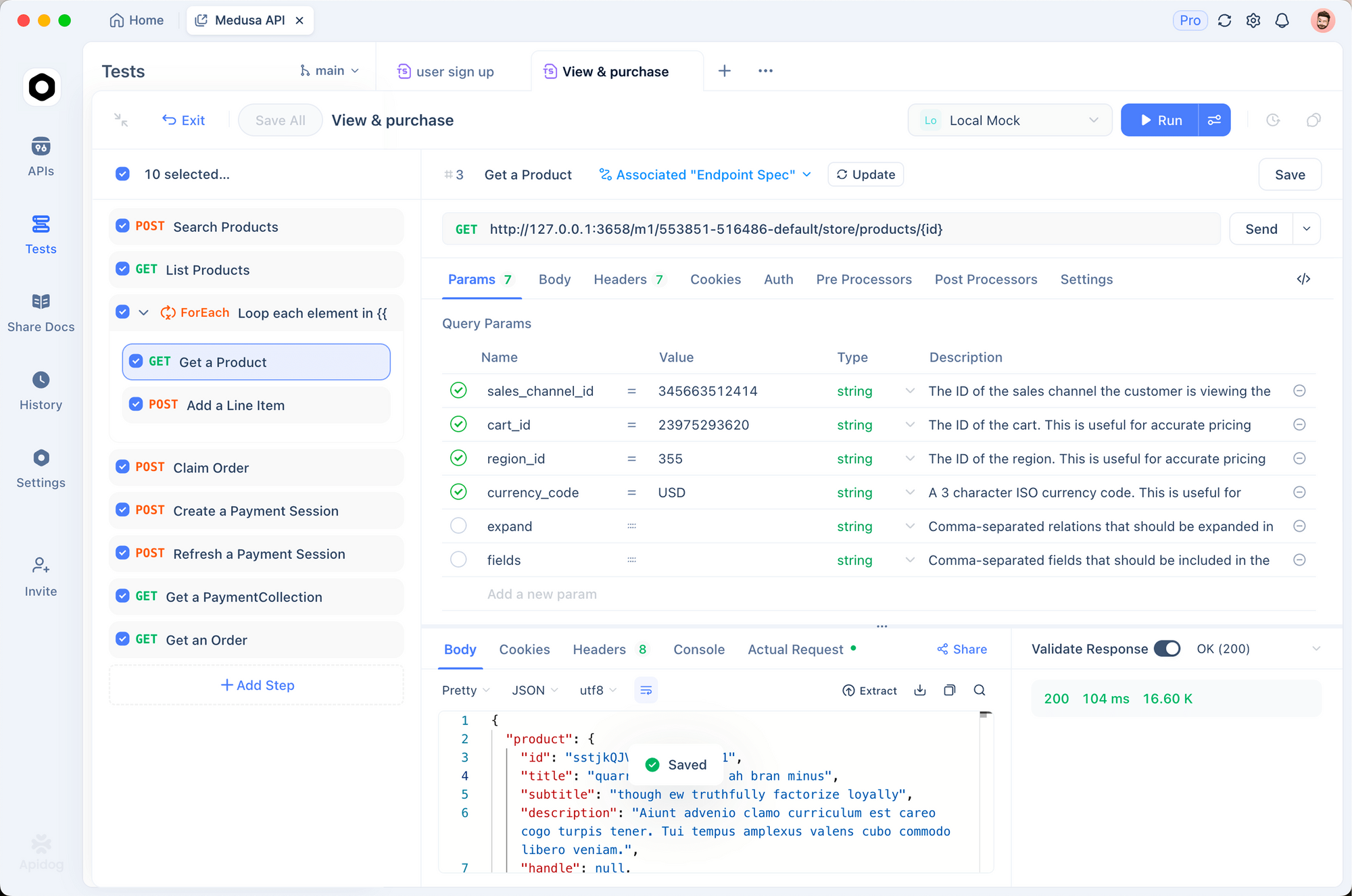
Design-First Development: Apidog supports API design-first principles by allowing developers to define requests and responses upfront before implementation. Furthermore, this approach ensures clarity and consistency in AI-assisted API development.
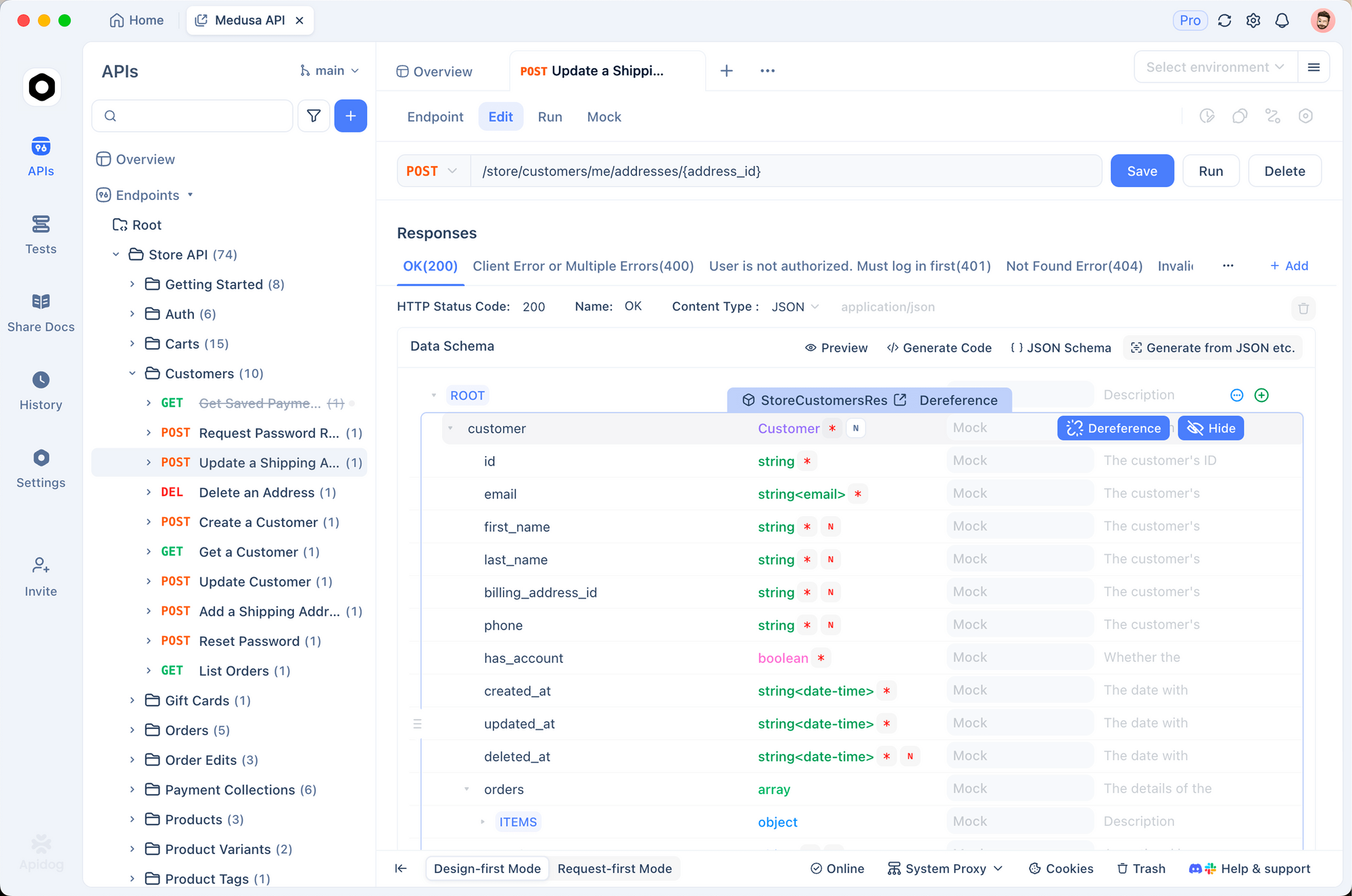
Mock Server Capabilities: aGenerate realistic mock responses for API testing even before backend implementation. Moreover, this enables frontend development to proceed while Claude Code assists with backend logic development.
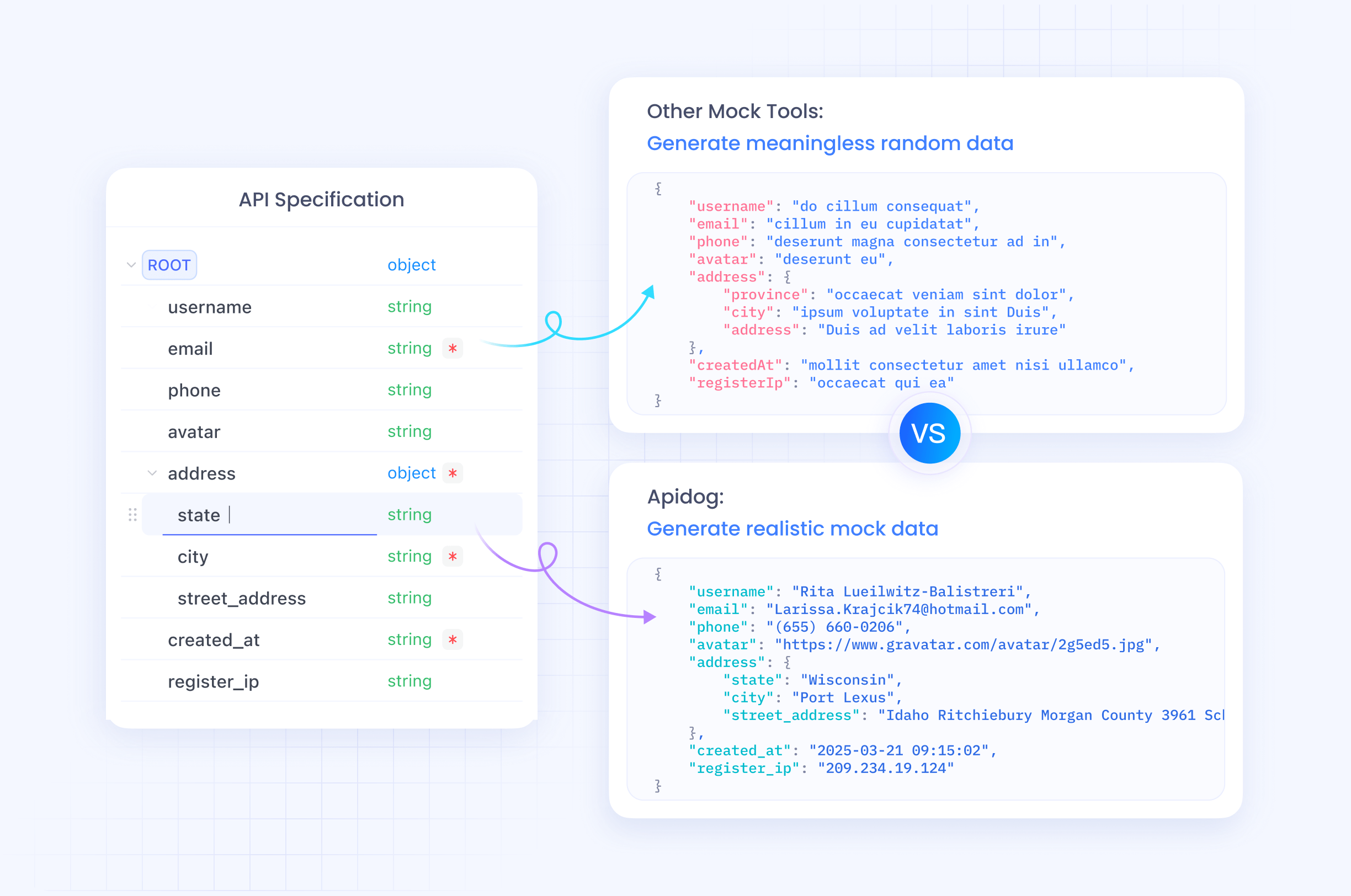
Troubleshooting Common Integration Issues
Connection Problems
IDE Detection Failures:When Claude Code cannot detect available IDEs, verify the installation paths and system permissions. Additionally, ensure both applications are running with compatible versions and configurations.
Resolution Steps:Check system PATH variables and executable permissions. Moreover, restart both applications and verify network connectivity if using cloud-based AI services.
Windows-Specific Issues:Windows users with WSL environments may encounter additional complexity when connecting Claude Code to Cursor running on the main Windows filesystem. Furthermore, ensure proper cross-system communication is established.
Performance Optimization
Memory Usage Management:Monitor system resource consumption during AI-assisted development. Additionally, configure Claude Code cache settings and context limits to optimize performance.
Network Latency Issues:Implement local caching strategies for frequently used AI responses. Moreover, optimize API call frequency and batch similar requests when possible.
Large Project Handling:Configure project indexing and context management for large codebases. Furthermore, use selective file inclusion to focus AI attention on relevant code sections.
Extension Compatibility
VS Code Extension Conflicts:Some users experience issues with extension compatibility between Cursor and Claude Code integration. Additionally, systematically disable conflicting extensions and test functionality.
Version Management:Maintain compatible versions of Cursor, Claude Code, and related extensions. Moreover, establish update procedures that preserve integration functionality.
Best Practices for Productive Development
Code Quality Assurance
AI-Generated Code Review:Establish systematic review processes for AI-generated code. Additionally, implement testing procedures that validate both functionality and security of AI suggestions.
Documentation Standards:Maintain comprehensive documentation for AI-assisted development decisions. Moreover, create knowledge bases that improve future AI interactions and team understanding.
Version Control Integration:Configure Git workflows that properly track AI-assisted changes. Furthermore, use meaningful commit messages that identify AI-generated versus human-written code.
Team Collaboration
Shared Configuration Management:Standardize Claude Code and Cursor configurations across development teams. Additionally, maintain shared templates and coding standards that work optimally with AI assistance.
Knowledge Sharing:Document successful AI interaction patterns and share effective prompting strategies. Moreover, create team guidelines for AI tool usage and best practices.
Training and Onboarding:Develop training materials for new team members joining AI-assisted development workflows. Furthermore, establish mentoring processes that accelerate AI tool adoption.
Security and Privacy Considerations
Data Protection
Code Privacy Management:Understand what code information is shared with AI services during development. Additionally, implement data classification systems that protect sensitive code sections.
API Key Security:Secure storage and rotation of AI service API keys. Moreover, implement access controls that limit AI service usage to authorized team members.
Network Security:Configure secure communication channels between local development tools and cloud AI services. Furthermore, implement monitoring systems that detect unusual AI service usage patterns.
Compliance Requirements
Industry Standards:Ensure AI-assisted development complies with relevant industry regulations and standards. Additionally, maintain audit trails for AI-generated code in regulated environments.
Intellectual Property Protection:Understand the intellectual property implications of AI-generated code. Moreover, establish policies that protect proprietary algorithms and business logic.
Performance Monitoring and Analytics
Usage Analytics
Development Productivity Metrics:Track key performance indicators for AI-assisted development including code generation speed, error reduction rates, and development cycle time improvements. Additionally, monitor developer satisfaction and adoption rates.
Resource Utilization:Monitor system resource consumption during AI-assisted development sessions. Furthermore, optimize hardware configurations based on usage patterns and performance requirements.
Cost Management:Track API usage costs and optimize AI service consumption to manage development expenses effectively. Additionally, implement usage limits and monitoring alerts to prevent unexpected charges.
Continuous Improvement
Feedback Collection:Gather systematic feedback from development teams about AI tool effectiveness. Moreover, identify areas for improvement in integration configuration and workflow optimization.
Tool Evolution:Stay updated with new features and capabilities in both Claude Code and Cursor. Furthermore, plan upgrade strategies that maintain workflow continuity while adopting new functionality.
Conclusion
The integration of Claude Code with Cursor represents a significant advancement in AI-assisted development capabilities. Moreover, this combination provides developers with powerful tools for enhancing productivity, code quality, and development workflow efficiency.
Successful implementation requires careful attention to technical configuration, security considerations, and team adoption strategies. Furthermore, organizations that invest in proper setup and training will realize substantial benefits in development speed and code quality.
As AI-assisted development continues evolving, the Claude Code and Cursor integration provides a solid foundation for modern software engineering practices. Additionally, combining these tools with comprehensive API development platforms like Apidog creates a complete development ecosystem that supports the full software development lifecycle.

